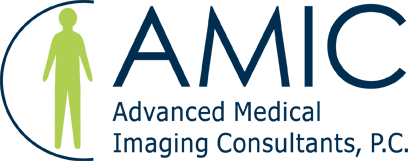DIGITAL MAMMOGRAPHY
Mammography is an X-ray of the breast that is considered to be the gold standard for breast cancer screening. It is designed to detect early stage breast cancer in women experiencing no symptoms and to detect and diagnose breast disease in women experiencing symptoms such as a lump, pain or nipple discharge. Unlike film-based mammography, the images produced by digital mammography are available instantly, without the need to ‘re-take’ images due to over- or under-exposure.
